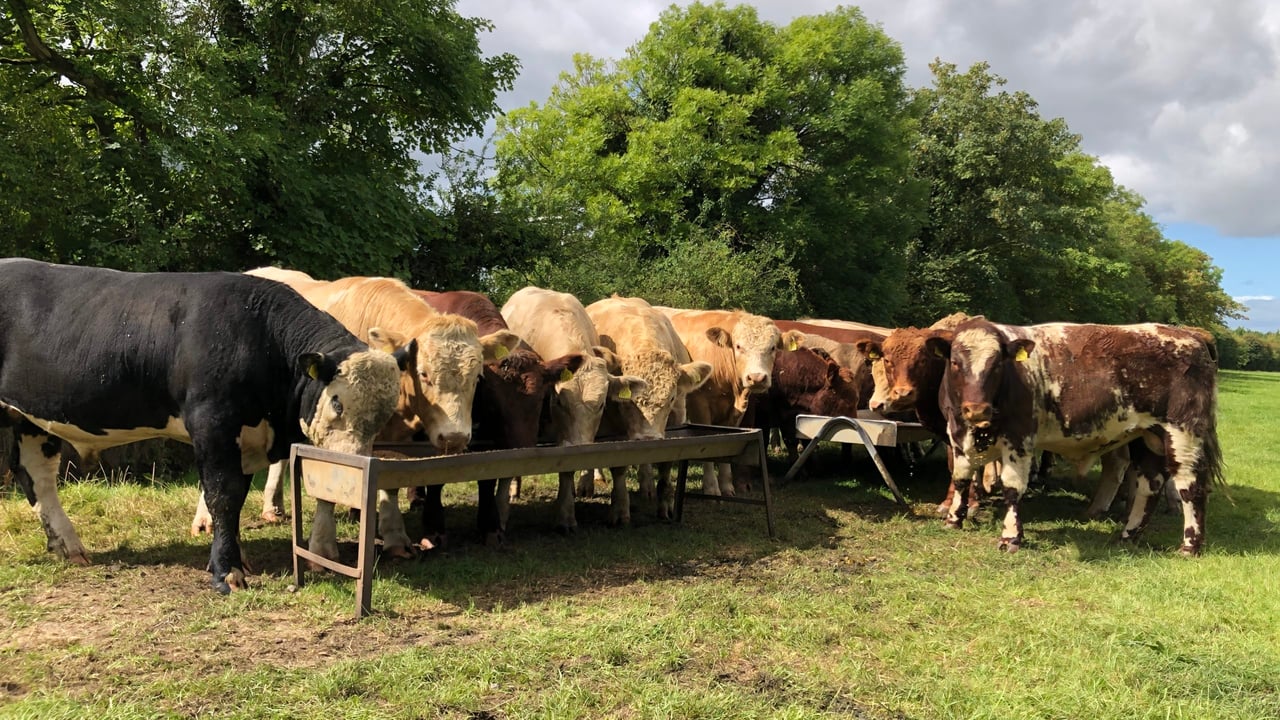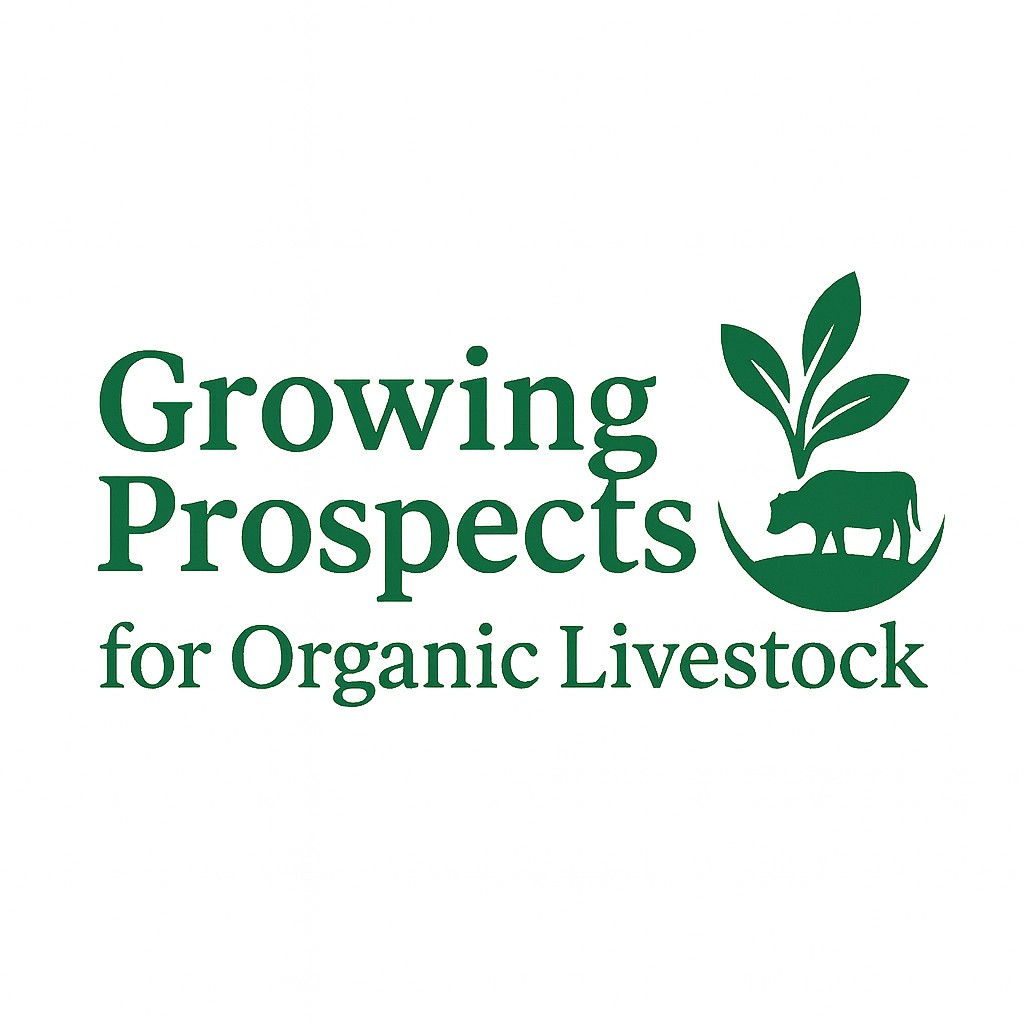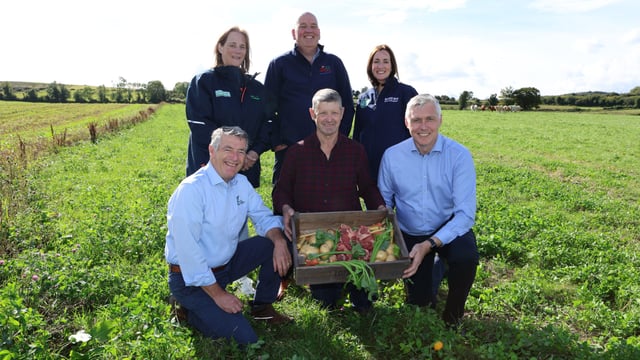Bull finishers pull back as supply drops 10,000 head
The factory supply of young bulls has fallen by over 10,000 head or 11% to date this year, according to latest figures from the Department of Agriculture, Food and the Marine (DAFM).
As of the week ending, Sunday, August 13, a total of 81,480 young bulls had been slaughtered at DAFM approved factories in total this year.
In the same time period last year, this figure stood at 91,568, indicating a total of 10,088 fewer bulls slaughtered at DAFM approved factories.
DAFM classifies all bulls under 24 months of age as Category A or Young Bulls.
The table below gives an overview of the beef kill to date this year:
| Type | Week ending Sunday, August 13 | Equivalent Last Year | Cumulative 2023 | Cumulative 2022 |
|---|---|---|---|---|
| Young Bulls | 1,302 | 1,805 | 81,480 | 91,568 |
| Bulls | 549 | 673 | 17,926 | 18,039 |
| Steers | 15,982 | 16,590 | 393,040 | 404,521 |
| Cows | 6,547 | 6,231 | 241,685 | 248,931 |
| Heifers | 8,887 | 9,201 | 297,263 | 306,173 |
| Total | 33,267 | 34,500 | 1,031,394 | 1,069,232 |
There are a number of possible reasons why the supply of bulls has fallen this year.
Currently, markets for Irish beef have a preference for steer or bullock beef and bonuses such as the 20c/kg Quality Payment Scheme (QPS) bonus and breed bonuses are generally available on steers but not on bulls.
A 12c/kg QPS bonus is available at most sites for in-spec under-16-month bulls.
Bulls over 16 months and under 24 months of age are generally bought at a flat price per kg, depending on the grade.
Finishing bulls requires a particular skillset and is more reliant on concentrate feed than the conventional steer-beef finish. Many farmers agree that bulls are better feed converters and have better kill-outs also.
However, many efficient suckler farmers have a preference for finishing their herds' male progeny as bulls as it allows them to reach slaughter at a younger age.





